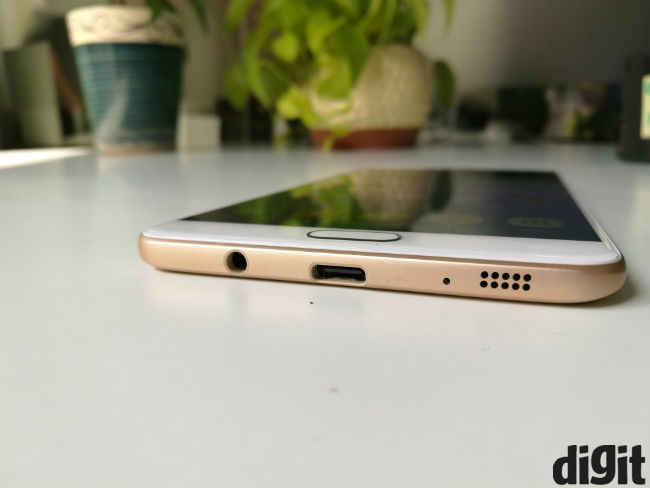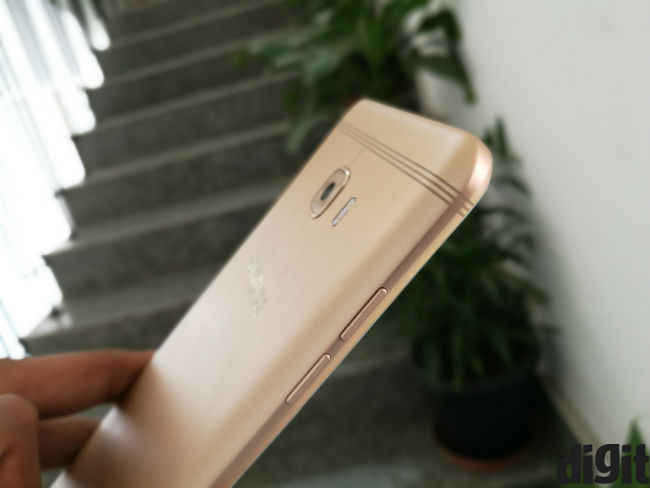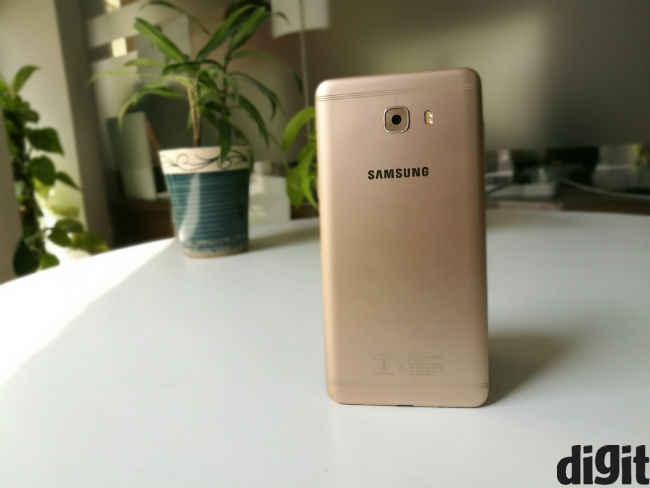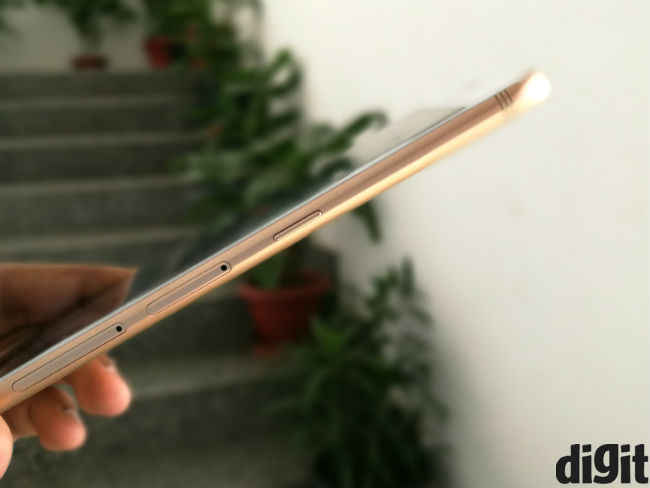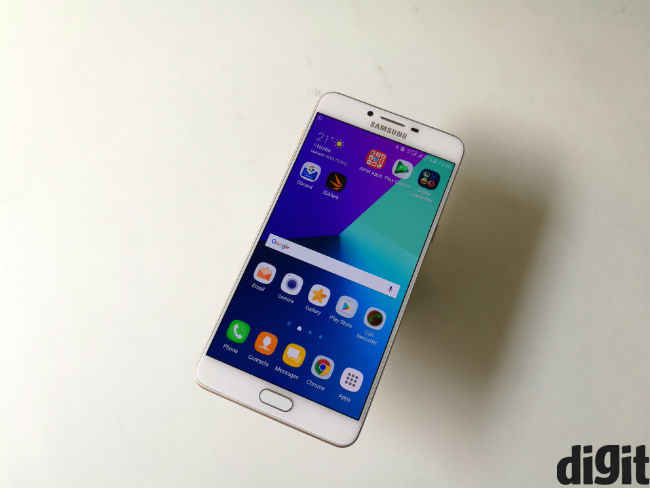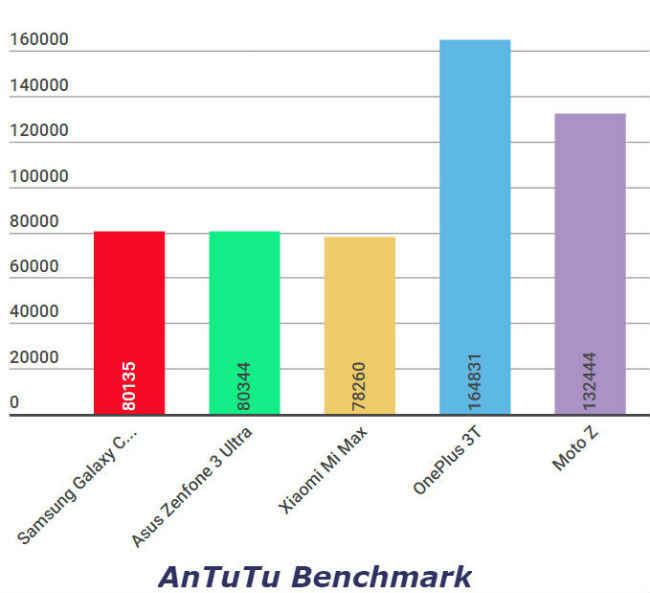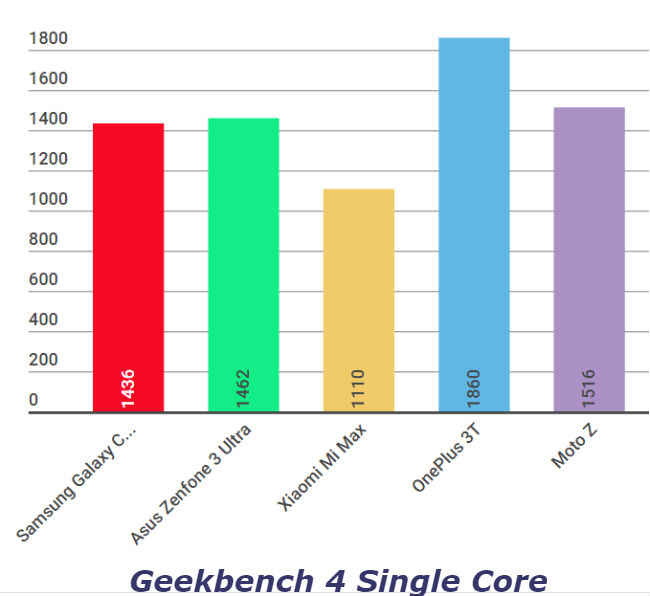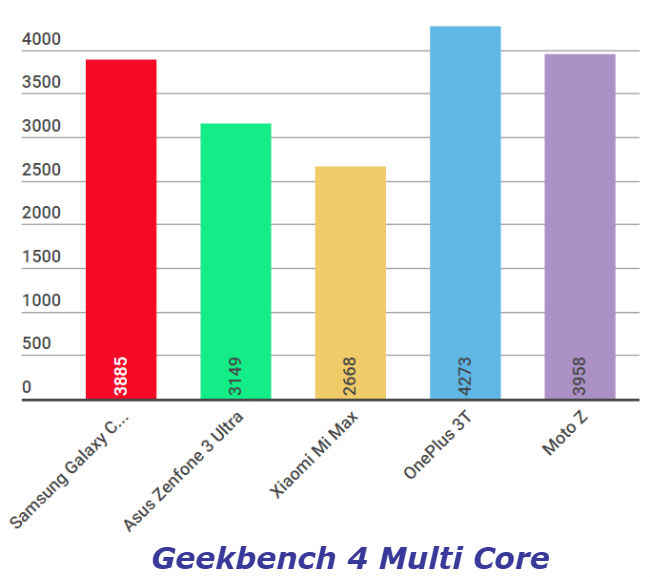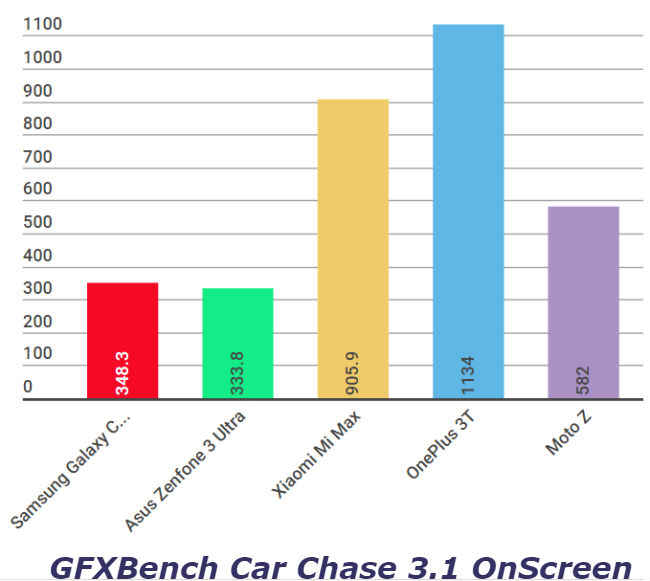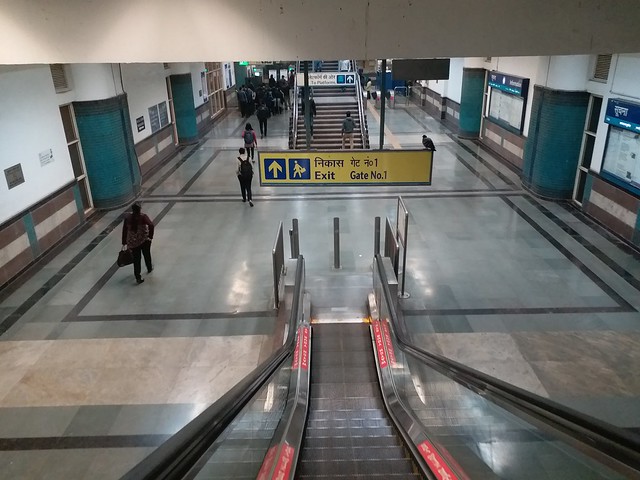Samsung Galaxy C9 Pro Review : The best premium phablet right now
The Samsung Galaxy C9 Pro is hands down the best "big screen" smartphone you can buy right now. It has oodles of RAM and the Snapdragon 653 inside is fast. The phone is fluid and doesn't skip a beat in any way, except for a weak camera. It's expensive, but if you want a premium phablet, this is the phone to buy.
The most recent questions about the Note 7 fiasco, though may be Samsung’s toughest challenge to date. But if the Samsung Galaxy C9 Pro is a sign of things to come, I daresay Samsung is coming back with a bang. The Galaxy C9 Pro review is important in more ways than one, to both Samsung and the consumer.
Build and Design
Ironically, the Galaxy C9 Pro takes on a segment that Samsung has spearheaded over the years – that of phablets. The original Galaxy Note pretty much kickstarted the phablet market and though 5.5 and 5.7 inch don’t really qualify for phablets anymore, 6 inch does. The C9 Pro wants to be the phablet to buy, much like the Note originally was.
At 6.9 mm, it is really slim and the metallic back feels more premium than what you find on Xiaomi’s devices. More importantly, the Galaxy C9 Pro doesn’t feel like a “big phone” when you first hold it. Its slim profile and the slight curves near the edges make for a decent and comfortable grip. Samsung has also made it much narrower than the Mi Max (review) and Asus Zenfone 3 Ultra (review), making this the most ergonomic of all phablets in the market right now.
That's not the only ergonomic advantage this phone has. It is also considerably lighter. At 189 grams, the Galaxy C9 Pro doesn’t particularly qualify as light, but it is light as far aa big phones are concerned.
All this combined with thinner than usual bezels, very slight chamfers on the edges and a square 16MP camera module on the back, give the C9 Pro a unique profile. Personally, I do enjoy the looks as well, but you may differ on that.
Display
To be completely honest, at Rs. 36,900 I do want a QHD display on my phablet. However, Samsung went with 1080p resolution on this 6 inch panel. That gives the display a 367ppi pixel density, which is just about sharp enough. However, I do wonder whether the added pixels on a QHD display would have made things even better.
They said, Samsung redeems itself once again with colours and premiumness. The display feels smooth when it's used, touch latency is perfect and there aren’t any ghost touches. That, combined with punchy and pleasantly oversaturated colours already makes for the best phablet display right now.
However, where you truly feel that this is a higher quality display are the viewing angles. I've noticed sub-par viewing angles on both the Mi Max and Zenfone 3 Ultra before this, but the Galaxy C9 Pro is truly what it should be. Another stark difference is in how bright this display is, with a maximum luminance of 700 Lux.
To its credit, Samsung has also improved Android’s auto-brightness performance. On most Android phones, the brightness drops and rises in distinct and noticeable steps. That makes for a sub-par experience. While the C9 Pro is nowhere close to the iPhone’s smoothness, you notice the brightness change gradually, making it less distracting. The Galaxy C9 Pro is also faster than usual at recognising and reacting to changing ambient light conditions.
UI
To out in a quick work about the UI, Samsung has put in Microsoft’s apps and Opera Max, all of which can be disabled but not deleted. It's unfortunate, but they don't really get in the way.
The Settings screen now has lesser options, that makes it difficult to navigate. However, Samsung has smartly out suggestions within settings, which direct you where you need to go. There’s also a Search option within settings.
Other than that, Touchwiz remains the same and has an app drawer that many may like. You also get the “scroll screenshot” feature that we’ve seen on the Galaxy Note series before. This allows you to take longer screenshots, beyond what’s on the screen. That, and the Always On display are carried over from Samsung’s flagships. A new addition is the Device Maintenance option in Settings, which cleans up system memory, temp files etc. when needed. It's build into the UI, so it operates quite smoothly, too.
The only disappointing bit about the UX is the slow and imperfect fingerprint sensor on the front. It only worked 70% of the times, which was kind of disappointing and when it does work, the transition is only just about fast enough. On a total of 64GB storage space, you get 38.6GB of usable space on the Galaxy C9 Pro.
Performance
Most contradictions of Samsung’s phones today are underscored by its penchant for lower specs at higher prices. Samsung bears higher costs on marketing and has higher margins than many, which raises prices. So, the Snapdragon 653 here may come under the same scrutiny. However, it is our first experience with this SoC and that makes it quite interesting.
The 653 is the Pro version to the 652, much like the 820 and 821. Qualcomm has raised the maximum frequency of the four Cortex A72 cores to 1.95GHz from 1.80GHz on the 652. In addition, the 653 can take up to 8GB of RAM, which allows Samsung to provide 6GB of LPDDR3 RAM on this device. The Cortex A53 cores, meant for efficiency, are allowed a maximum of 1.44 GHz.
Samsung has used this extra frequency quite interestingly. In regular usage, the Cortex A72 cores should ideally not be needed, but Samsung unchains one of these cores to nearly 1.6GHz, making transmissions smoother than smooth. The burst of speed is used when launching apps and transitioning through the AI. You see minor frame drops at times, but things are largely flagship-like.
Similarly, when games are launched, the A72 cores sometimes clocked up to their maximum, depending on the game.
Overall, this leads to extremely smooth performance, with only a few, easy to ignore stutters. The device has 4GB of free RAM at most times, keeping many apps open in the background for extremely long periods. You don't necessarily need this much RAM, but it's a pleasant surprise when an app you opened yesterday can be restarted from where you left it, almost 12 hours later.
Frankly speaking, the benchmark numbers don’t do the phone much justice here. The Galaxy C9 Pro has been a treat to use over the past week. Yes, a flagship class SoC would be better, but the Snapdragon 653 does the job admirably and well beyond what most people would need. The Adreno 510 GPU is also clocked slightly higher here.
I found no lags on gaming and though frame rates don’t always touch 30fps, they’re there most of the times. At other times, CPU load is kept below 25%, which is great and most interestingly, Qualcomm’s Trepn Profiler shows Touchwiz Home and SystemUI accounting for 0% CPU load very often.
If there's on complaint about performance, it's that the C9 Pro does have a tendency to heat up, especially now that the weather's getting warmer. The phone reaches nearly 41 degrees celcius on 15 minutes of gaming, while I also saw internal temperatures of 50+ degress. This doesn't happen in general usage, but a little push is all it needs. Of course, the slim profile and higher processor frequency account for this behaviour.
Battery
All of this is powered by a 4000mAh battery, running the show on the background. It’s safe to say that this is Samsung’s best performing smartphone as far as battery life is concerned. However, there are better out there.
On a regular day’s usage, with the screen on auto brightness, the phone lasts for about 11.5 hours. That includes about 25 minutes playing the battery intensive Pokemon Go, an hour of video streaming on WiFi, lots of IMs, and exactly six phone calls. That's a full work day’s worth of battery life and then some more.
On the PC Mark Work 2.0 battery test, the phone lasts for 9 hours and 1 minute. It supports fast charging, with 10-100% charge possible in just under an hour.
Camera
Samsung made a confounding choice in skipping 4K video capture on this device. While not many are recording video in 4K right now, the fact that the Snapdragon 653 support 4K capture in 30fps makes the choice baffling. Having 4K video capture would have made the Galaxy C9 Pro tick off one more feature that a niche, flagship buying audience would enjoy.
Having said that, even if you could do without 4K video capture, the C9 Pro’s camera doesn’t really excel otherwise. It’s far removed from Samsung’s flagship phones and is especially weak in terms of low light performance, something that the company has lately made huge progress in. The Galaxy C9 Pro's camera can take good photos under sunlight, which is true pretty much every smartphone in this price range. However, in lower light conditions, as in indoor lights, clubs or just outdoors at nights, the phone fails quite resoundingly, given its price.
Click to access all image samples
Images are quite noisy and not very high on details, unless clicked under good light. The same can be said about the colours, which look fine when shooting during daytime, but less than optimal light will again lead the phone to mess up white balance. Overall, a few good filters and post processing can make your photos share-worthy for social media, but this is nowhere close to the best Samsung can offer. It's a shame that the company chose to have such a big difference between its flagships and this device. The only part of the camera that seems to have carried over is the instant app launch time and fast focusing and processing speeds.
Bottomline
I questioned Samsung’s pricing when this device was launched, and I can’t deny that the Galaxy C9 Pro is expensive. However, I have no qualms in stating that the Samsung Galaxy C9 Pro is the best big screen smartphone to buy right now.
In the under 40k range, phones like the OnePlus 3T (review) and Moto Z (review) do provide better value, but for the niche audience looking for this big a screen, this is a much better choice than the Asus Zenfone 3 Ultra. The Galaxy C9 Pro is also a better phone than the Xiaomi Mi Max, in so far as it’s faster, has a much better display and better camera.
In pure comparative terms, that doesn’t justify almost double the pricing, but if you do want a premium phablet to flaunt around, the Galaxy C9 Pro is indeed a the best you can get.

